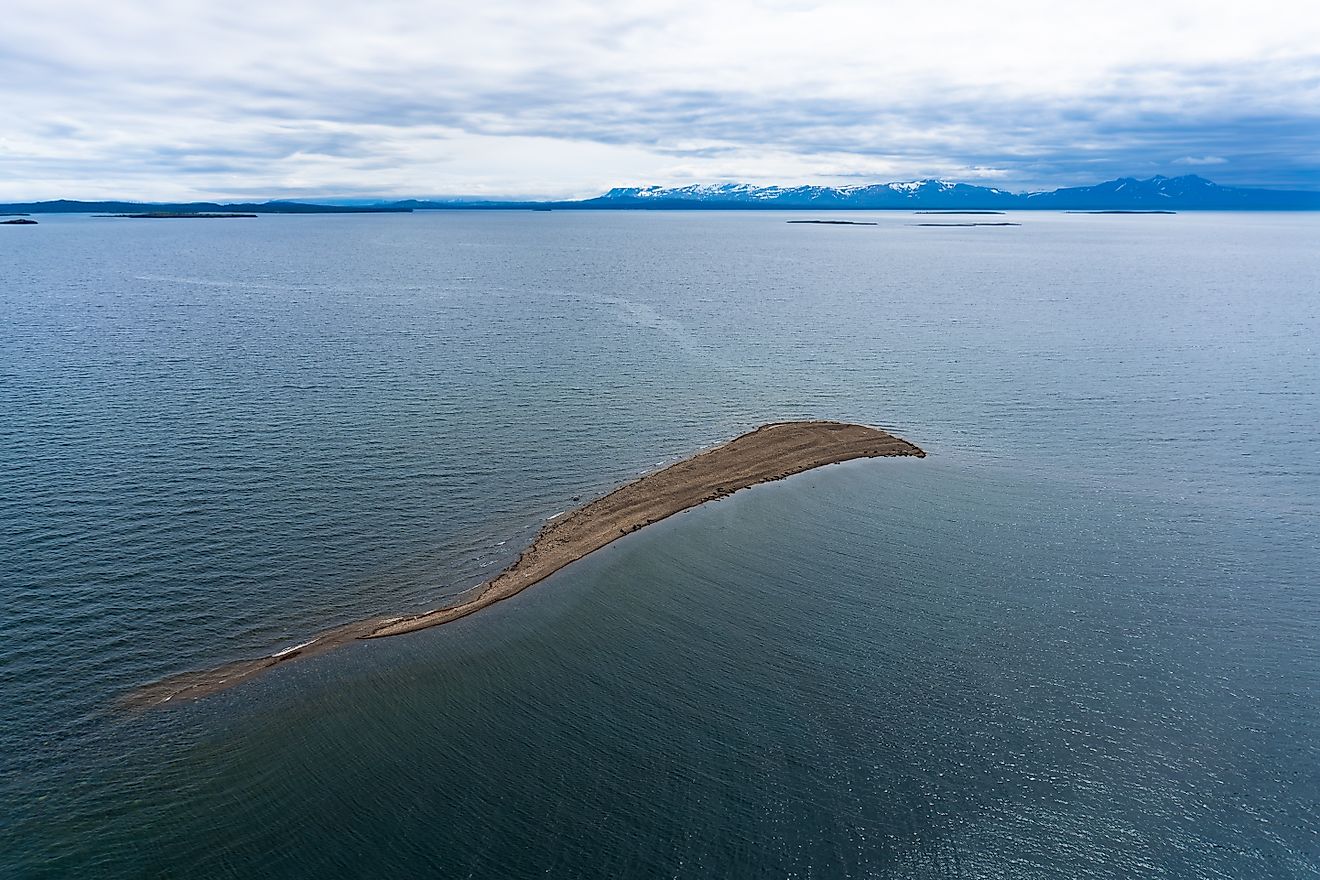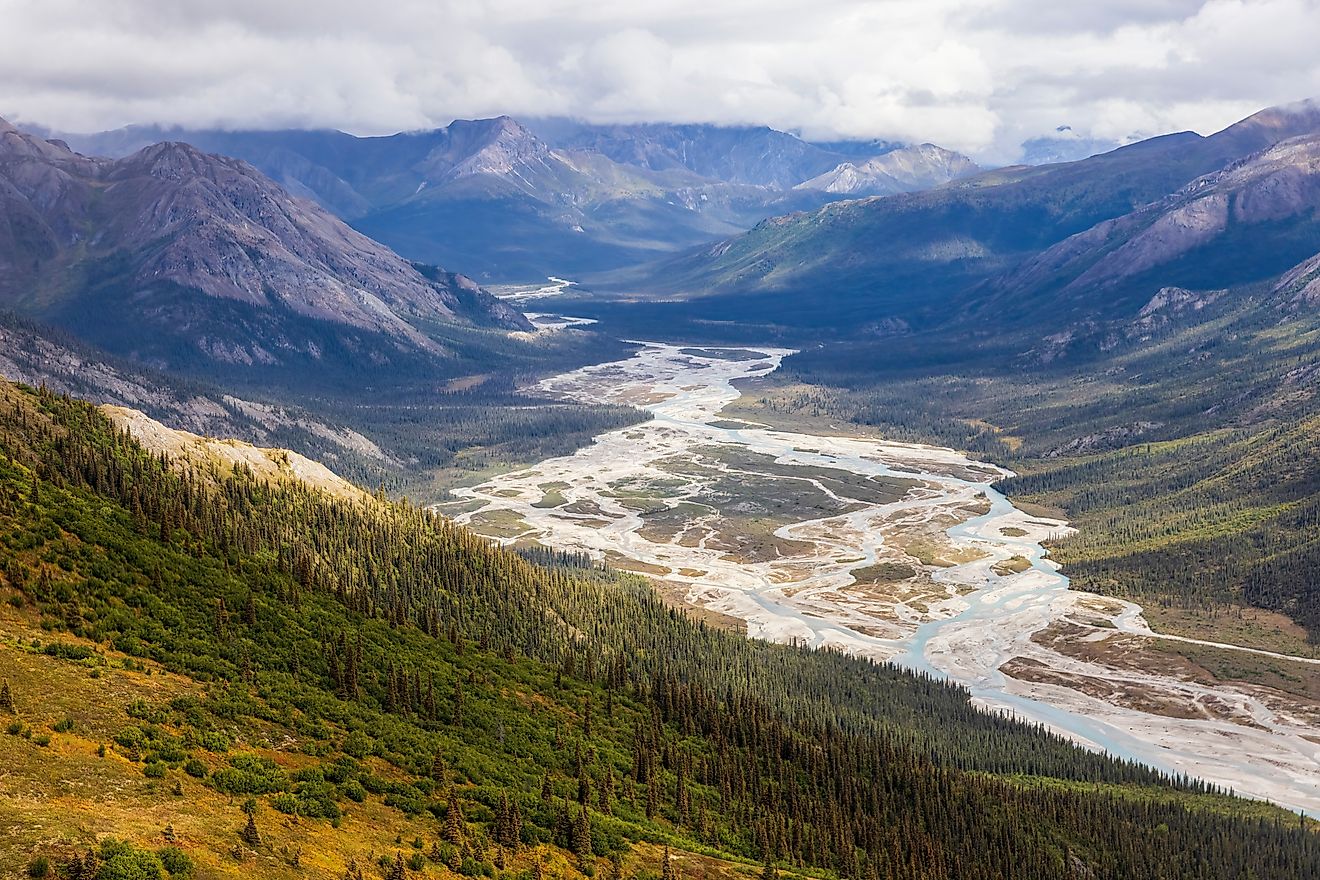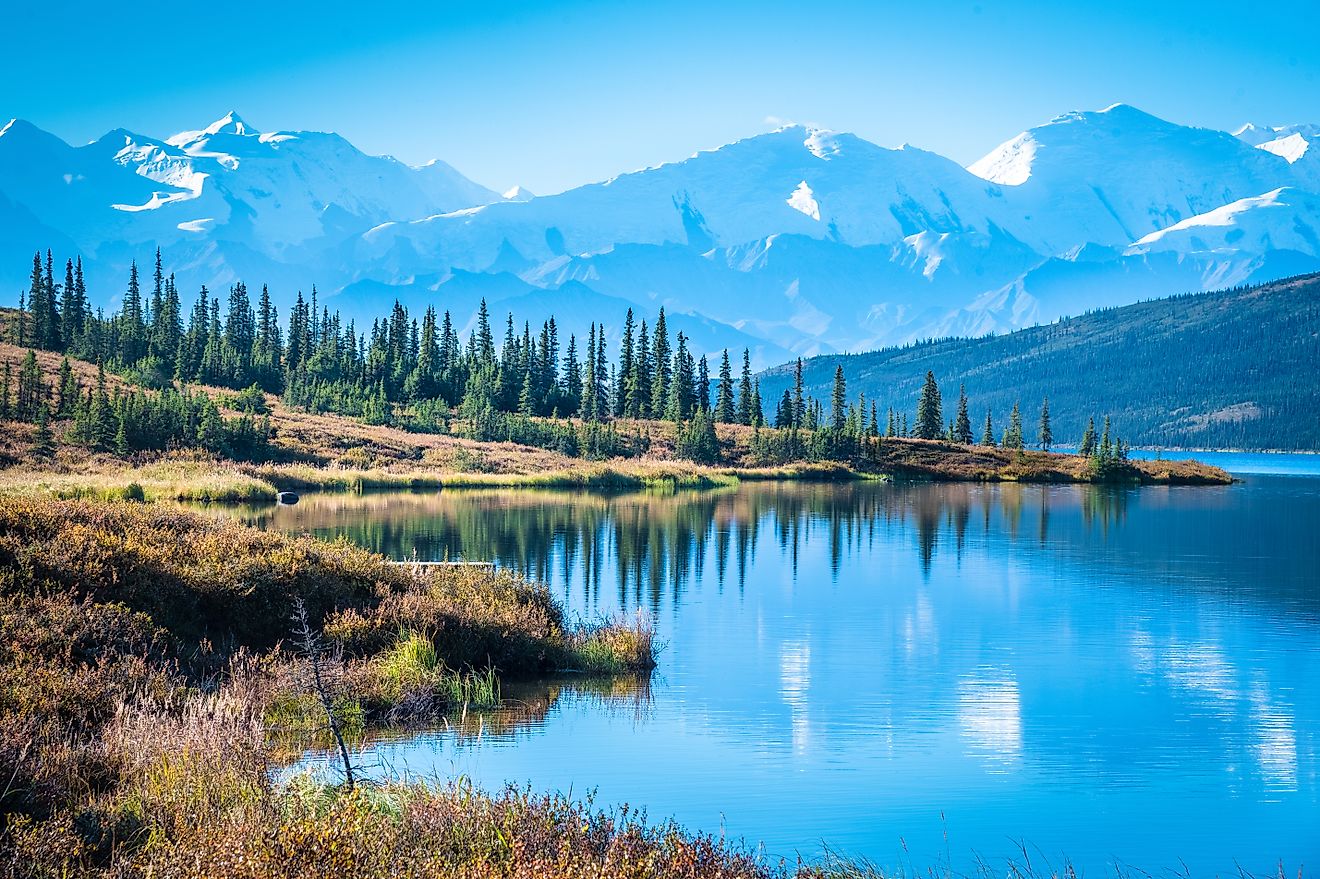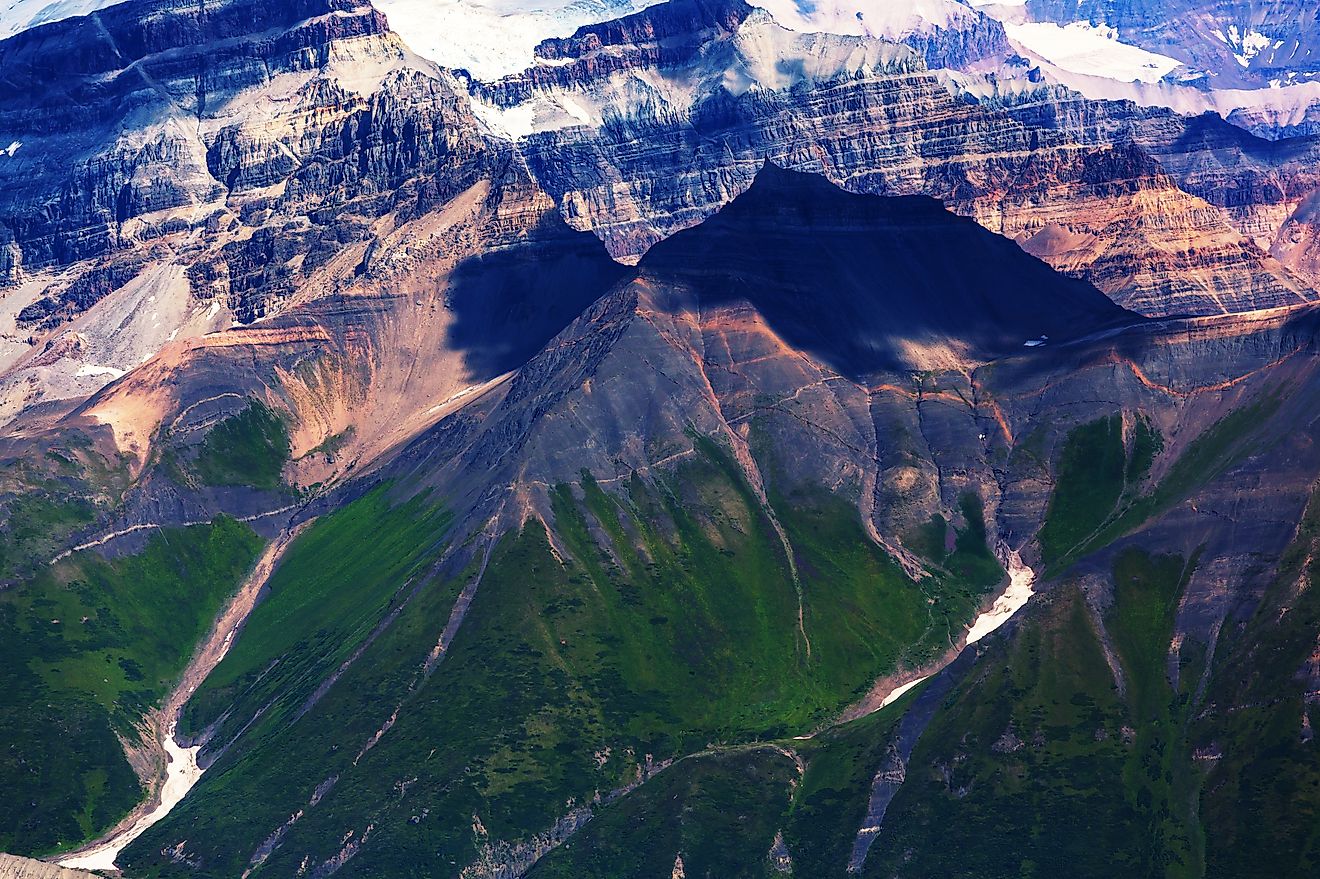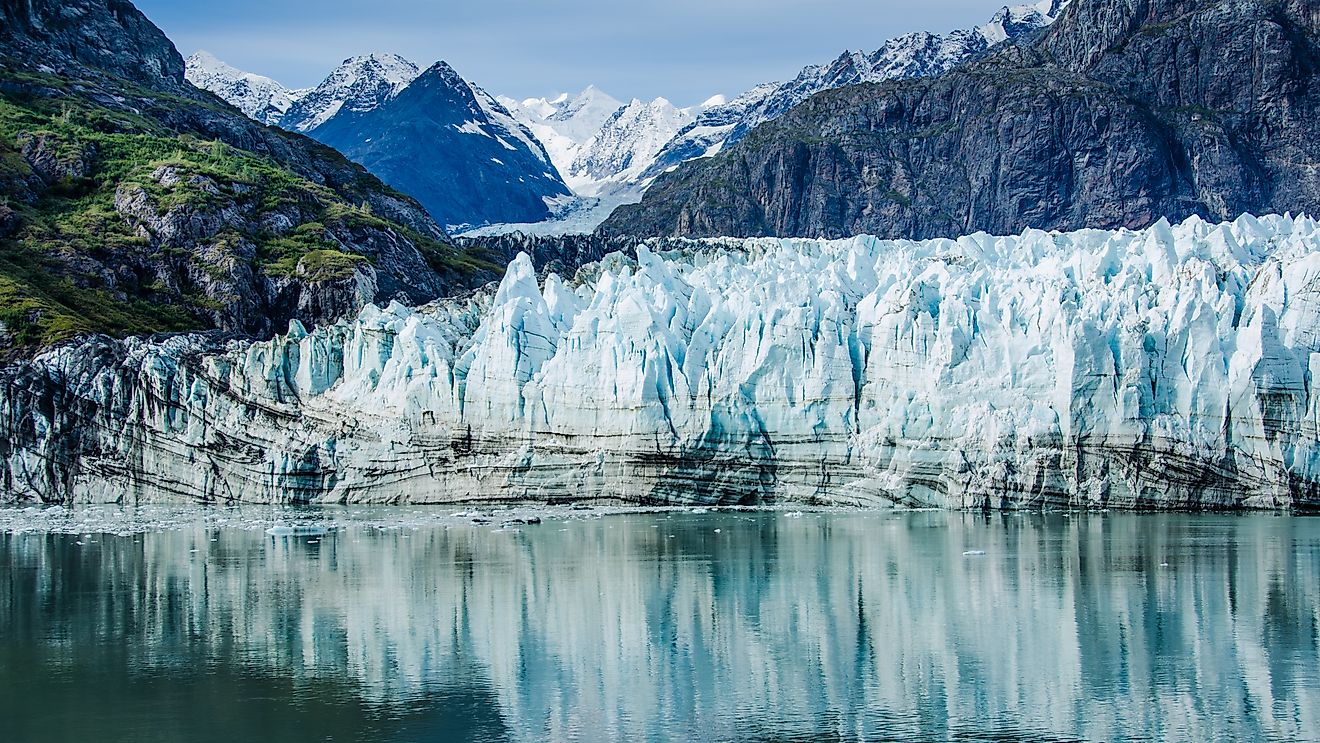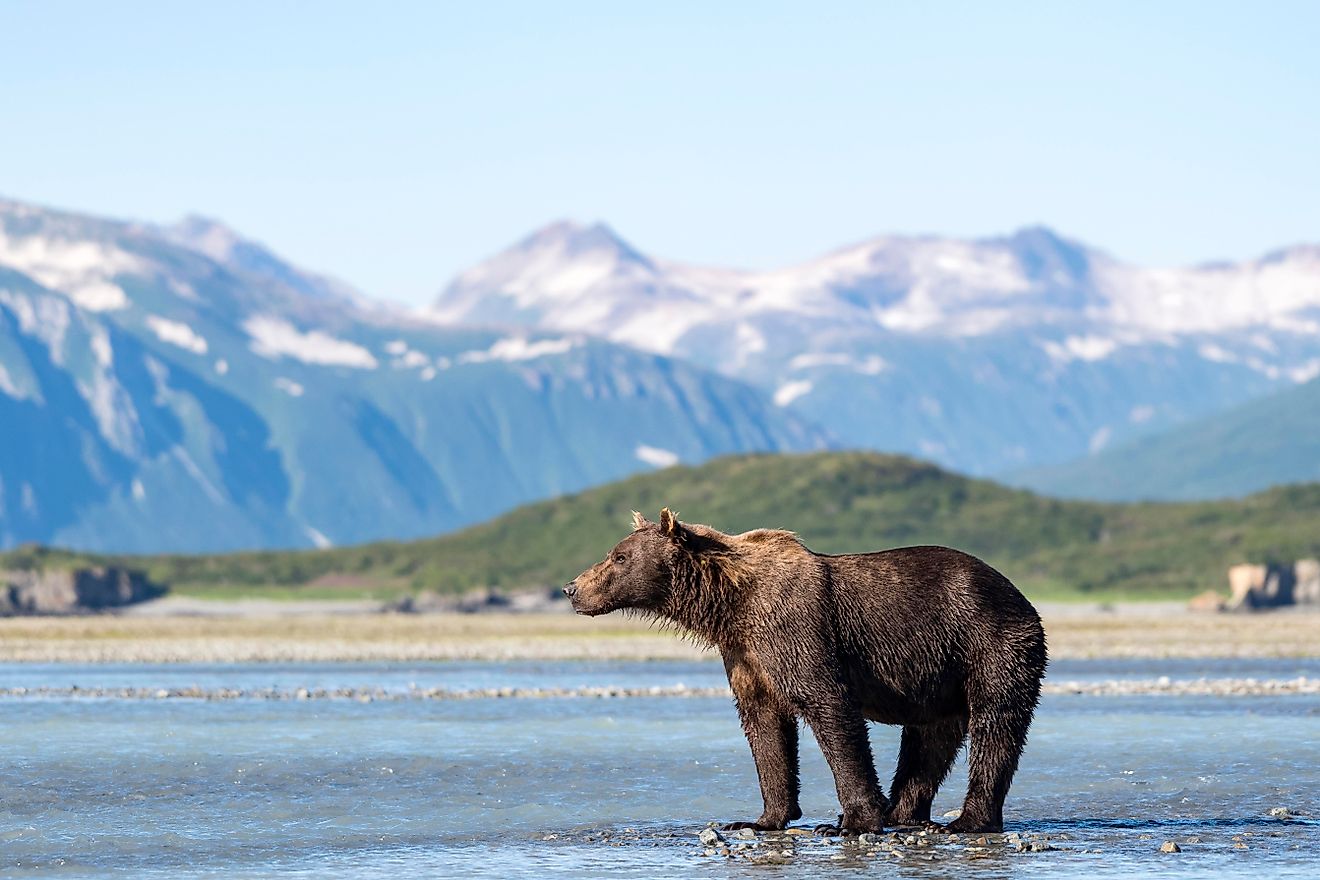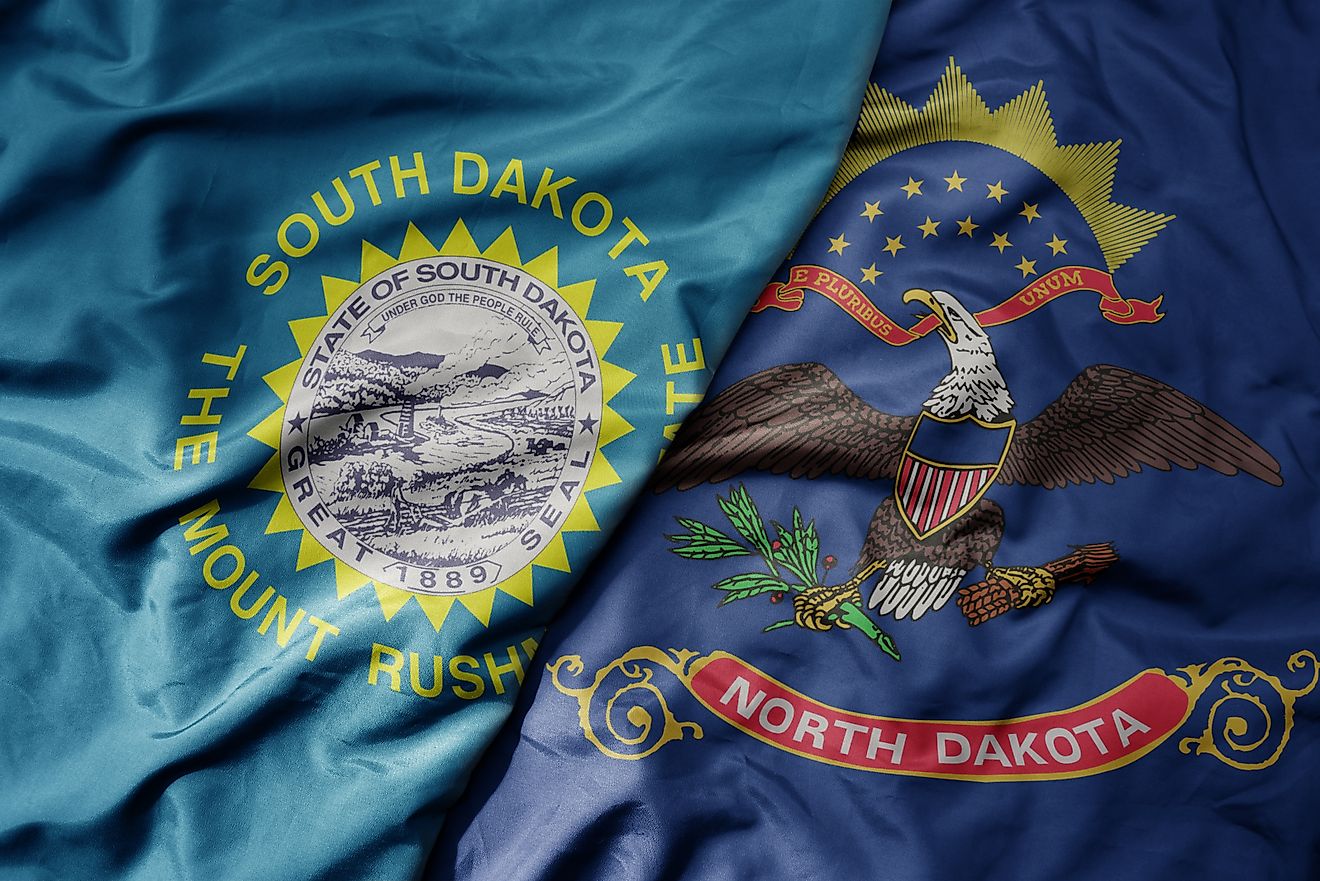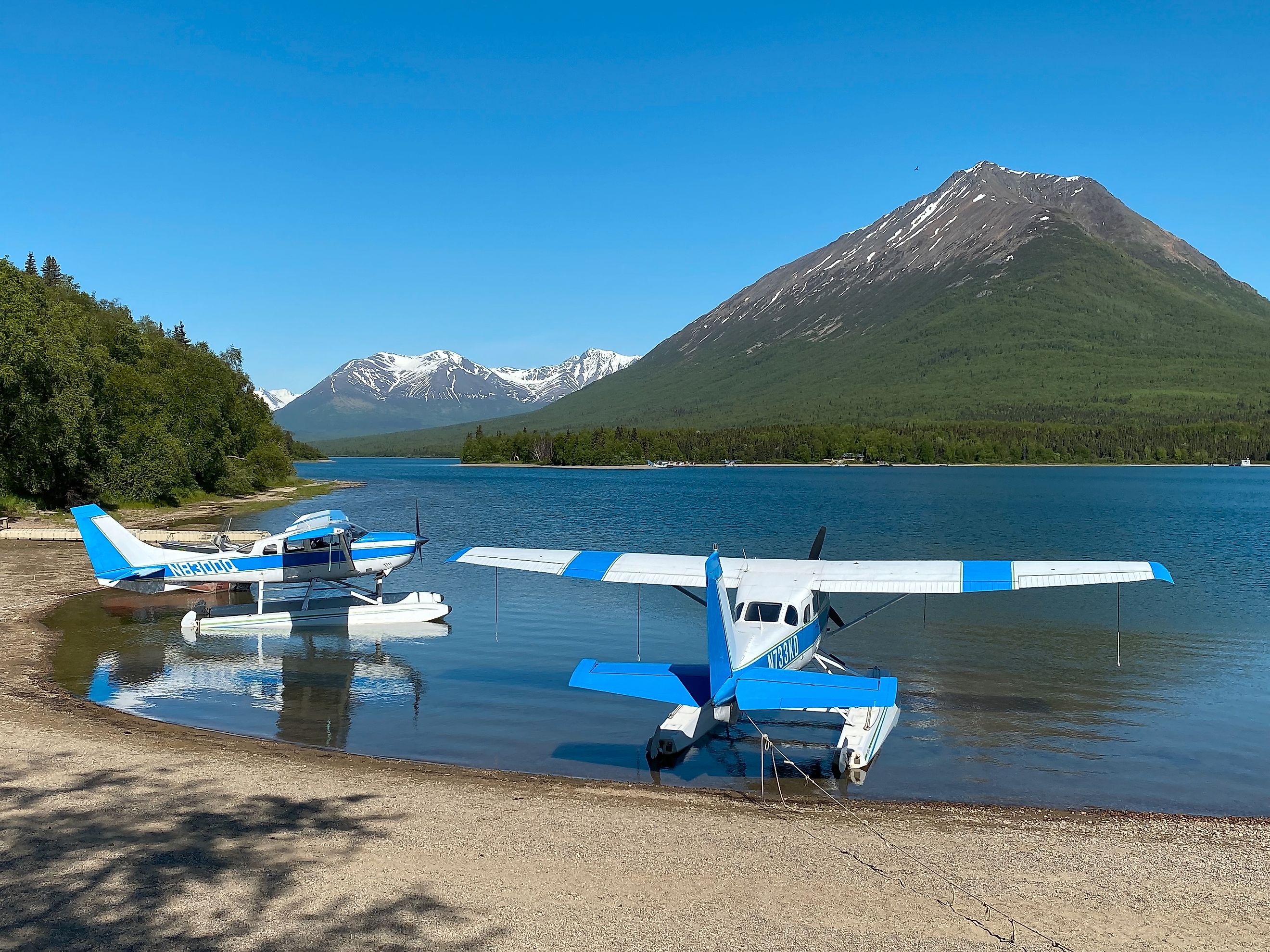
Lake Clark National Park and Preserve
Hidden deep in the wild heart of Alaska, Lake Clark National Park and Preserve is a land where nature reigns supreme. With its towering volcanoes, pristine lakes, and a rich history stretching back thousands of years, this remote expanse remains one of America’s most untouched national treasures.
Despite its breathtaking beauty, it remains one of the least-visited national parks in the United States, accessible only by boat or small aircraft. Those who make the journey, however, are rewarded with a landscape that has shaped the lives and cultures of its people for generations.
A Landscape of Raw Beauty and Power
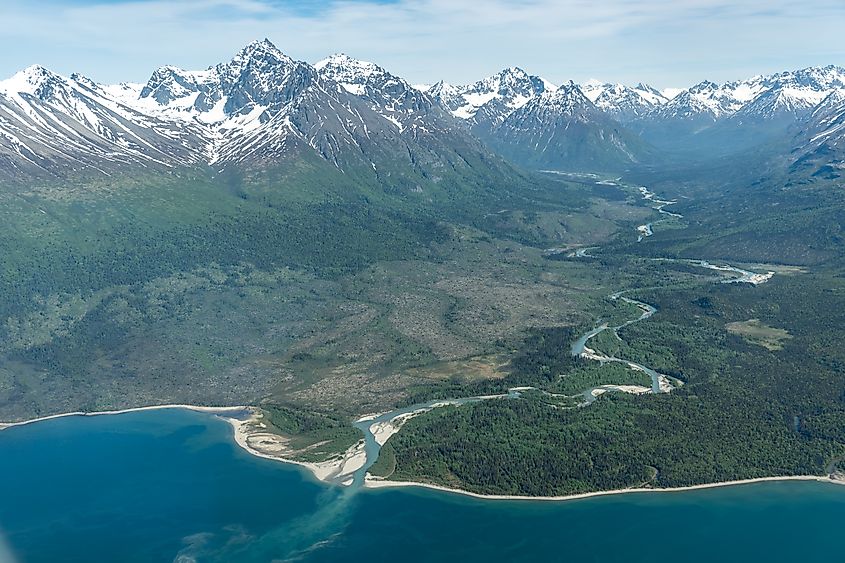
Lake Clark National Park and Preserve encompasses more than four million acres of diverse ecosystems. Four of the five biotic communities found in Alaska—coastal, lakes/rivers/wetlands, tundra, and boreal forest—converge here, creating a stunning mosaic of life. Towering over the landscape are two active volcanoes, Mount Iliamna and Mount Redoubt, which serve as reminders of the raw geological forces that continue to shape this land. Meanwhile, glaciers wind their way through valleys where the Alaska and Aleutian mountain ranges meet, carving out dramatic scenery that feels almost prehistoric in scale.
The park’s namesake, Lake Clark—known originally as Qizhjeh Vena to the Dena’ina Athabascan people—stretches like a sapphire jewel amid the wilderness. The name translates to ‘a place where people gathered lake,’ emphasizing its historical significance as a meeting place for Indigenous peoples. Today, the lake remains a focal point of the park, offering unparalleled opportunities for fishing, kayaking, and wildlife viewing.
A Legacy of Indigenous Culture
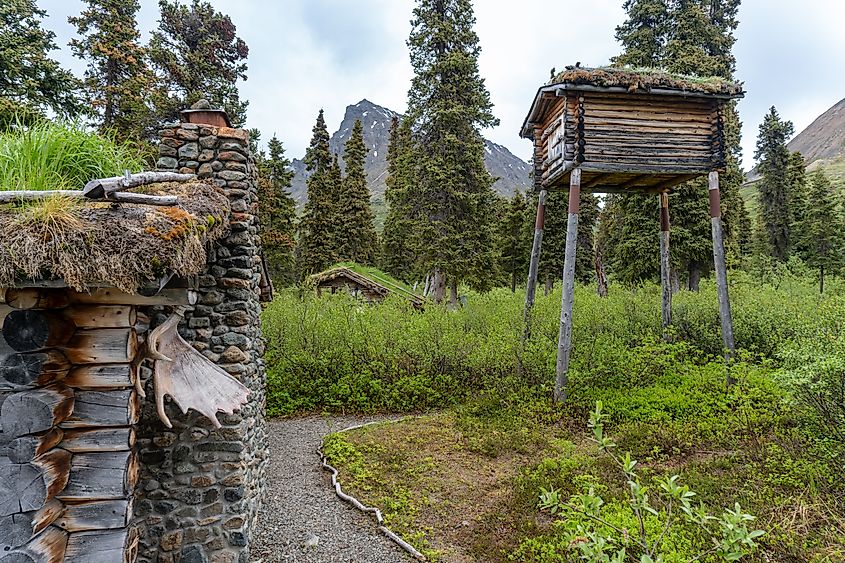
Long before European explorers set foot in this remote land, the Dena’ina people had thrived in the region for thousands of years. Their connection to the land is profound, woven into the very fabric of the ecosystem. Unlike many other Indigenous groups in North America, the Dena’ina were unique in that they lived year-round in interior Alaska rather than migrating seasonally. Their rich oral history, language, and traditions remain vibrant today, providing a living link to the past.
The arrival of Russian explorers and missionaries in the 18th century marked the beginning of significant cultural shifts. Soon after, prospectors, trappers, and traders from Europe, Canada, and the United States arrived, drawn by the region’s abundant natural resources. Yet, despite these outside influences, the Dena’ina people have managed to retain their language, customs, and subsistence way of life—a testament to their resilience and deep-rooted connection to the land.
The Role of Subsistence Living
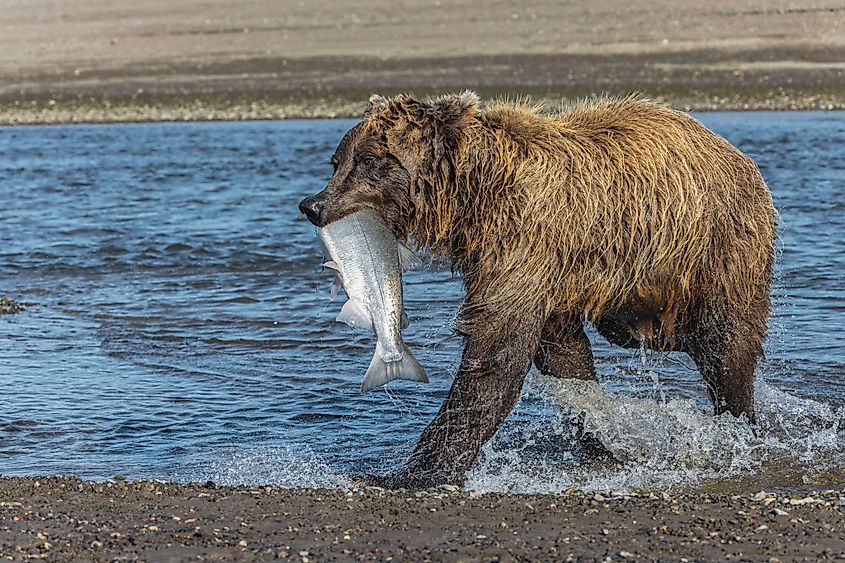
In Alaska, the term ‘subsistence’ goes beyond mere survival—it represents a way of life. Even today, many residents of the Lake Clark region depend on traditional methods of hunting, fishing, and gathering to sustain themselves. The park is home to healthy populations of moose, caribou, and salmon, which provide essential food sources for local communities. Each summer, massive schools of salmon make their way through the park’s estuaries and rivers, pursued by both human fishers and the park’s famed brown bears.
Visitors who time their trip right can witness one of the park’s most iconic sights: brown bears fishing for salmon in the turquoise waters of the park’s rivers. At places like Silver Salmon Creek and Crescent Lake, it’s possible to observe these powerful creatures up close, an experience that offers a glimpse into the delicate balance of the region’s ecosystem.
Wildlife and Biodiversity
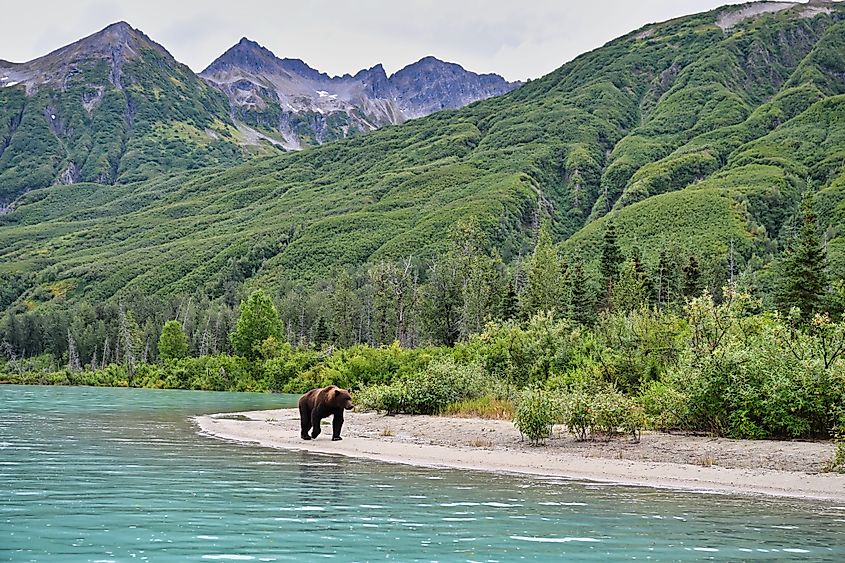
Lake Clark National Park and Preserve is a sanctuary for a wide variety of wildlife. The park is home to Dall sheep, which navigate sheer mountain slopes with ease, and peregrine falcons, which nest on towering cliffs, diving at breathtaking speeds to catch their prey. The park’s waters support a full complement of subarctic fish, including Arctic char, grayling, and northern pike. Migratory birds flock here in great numbers, filling the skies with their calls as they travel between continents.
Despite its remoteness, the park plays a critical role in maintaining Alaska’s biodiversity. It provides a haven for species that have disappeared or declined in other parts of North America, and its protected status ensures that future generations will be able to experience this wilderness in its full, untamed glory.
Exploring the Park
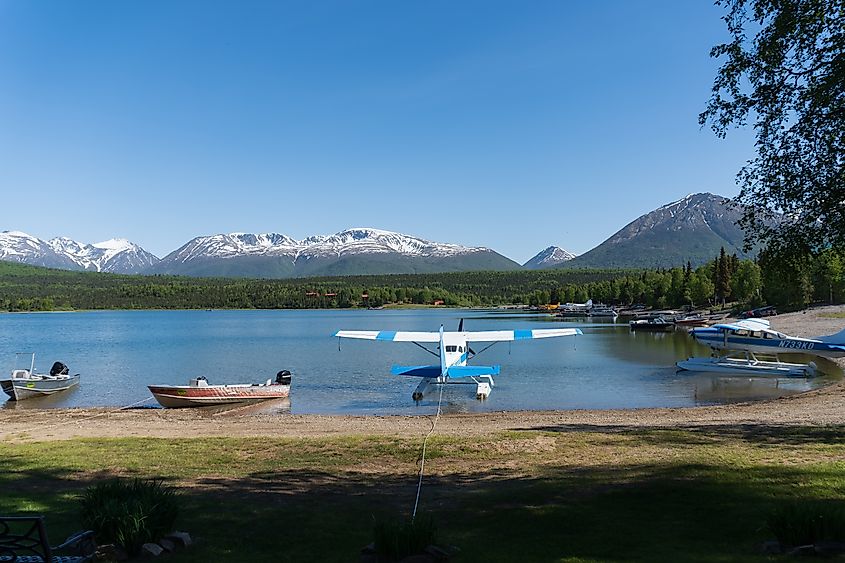
For those willing to embrace the challenges of the Alaskan wilderness, Lake Clark National Park and Preserve offers an unparalleled adventure. Unlike more developed national parks, there are no roads leading into the park, and visitors must arrive by charter plane or boat. This isolation adds to its mystique, ensuring that only the most determined travelers make the journey.
Popular Activities:
-
Backpacking and Hiking: With miles of rugged backcountry trails, hikers can explore landscapes that range from dense boreal forests to open tundra.
-
Fishing: Anglers flock to Lake Clark for world-class salmon and trout fishing.
-
Wildlife Viewing: Whether it’s watching brown bears feast on salmon or spotting caribou moving across the tundra, the park offers unforgettable wildlife encounters.
-
Kayaking and Boating: The park’s many lakes and rivers provide a stunning backdrop for paddlers looking for a serene yet wild experience.
-
Camping: For those prepared to brave the elements, backcountry camping offers a chance to sleep under the stars in one of the most remote areas of the US.
A Commitment to Preservation
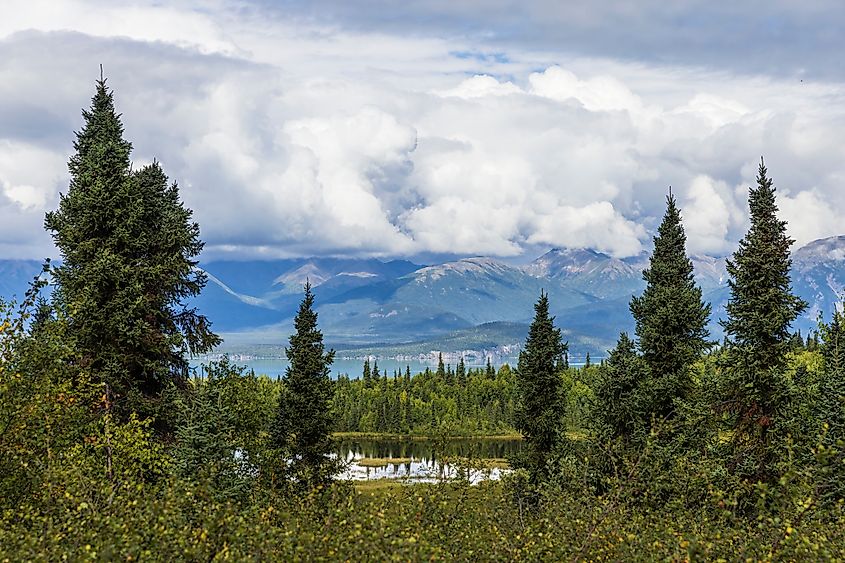
Lake Clark National Park and Preserve is more than just a breathtaking landscape—it’s a living museum of history and culture. The National Park Service works closely with Indigenous communities, archaeologists, historians, and conservationists to ensure that the park’s historical sites, oral traditions, and cultural landscapes are protected. Whether it’s preserving historic cabins, maintaining museum collections, or recording oral histories, the park serves as a guardian of Alaska’s past.
By visiting Lake Clark, travelers do more than witness stunning scenery—they step into a land where history, culture, and nature are deeply intertwined. The park serves as a reminder of the power of wilderness to shape human experience, a place where the past and present coexist in harmony.
